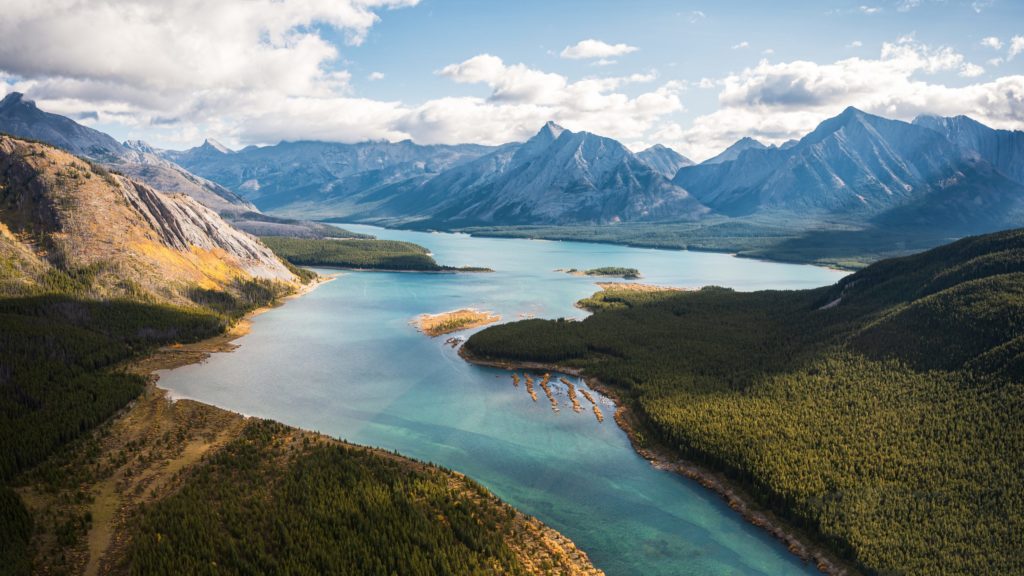Protected lands and freshwaters cover approximately a sixth of the world’s surface according to the new Protected Planet Report 2020. This online publication provides insights on the status of global progress toward achieving the goal of protecting at least 17% of land by 2020. It also highlights opportunities for goals and actions toward halting and reversing the biodiversity crisis before 2050. The Center is proud to have contributed to this leading global assessment on the state of protected and conserved areas around the world.
The report is jointly produced every two years by the UNEP World Conservation Monitoring Centre (WCMC) and the International Union for the Conservation of Nature (IUCN). Applying the latest methods, it includes a chapter focused on the current known status of connectivity among the world’s protected areas. In this regard, the report states that:
“As of December 2020, 7.04% of the world’s terrestrial surface is both protected and connected, rising to 7.84% when OECMs (Other Effective Area-based Conservation Measures, also called ‘conserved areas’) are included. This figure is an improvement on 2018 figures but remains below 17%. Methods to assess marine connectivity are being developed and refined.”
Insights included in the report from Center for Large Landscape Conservation President Gary Tabor are as follows:
Connectivity conservation is rapidly emerging as a critical approach to saving biodiversity in the face of habitat fragmentation and climate change. The biosphere is dynamic; its interrelated functions depend on ‘ecological connectivity’ – defined by the Convention on Migratory Species as “the unimpeded movement of species and the flow of natural processes that sustain life on Earth.”
In much of the world, where large-scale human activities have fragmented nature, ecological connectivity has been eroded, putting species and natural processes at risk. However, well-connected ecological networks comprising protected areas, OECMs, and ecological corridors can mitigate the impacts of fragmentation. This is especially important for climate change adaptation, providing species with pathways to move and respond to changing environmental conditions. Ecological connectivity is a tried and true approach to managing biodiversity in the face of climate change.
The importance of promoting ecological connectivity is underlined throughout the 5th Global Biodiversity Outlook, and successful connectivity conservation approaches can span multiple cultures, geographies, and patterns of governance and ownership, all helping to achieve the 2050 Vision for Biodiversity. Methods of achieving connectivity across land, sea, and air encompass wildlife corridors, marine swimways, avian and bat flyways, pollinator pathways, riparian zones, streamflow regimes, and climate corridors. By conserving connectivity, the circulatory system of nature is sustained.
The fully online, dynamic report is being regularly updated as progress is made toward meeting conservation targets.
Learn more: Ecological connectivity in global conservation policy



